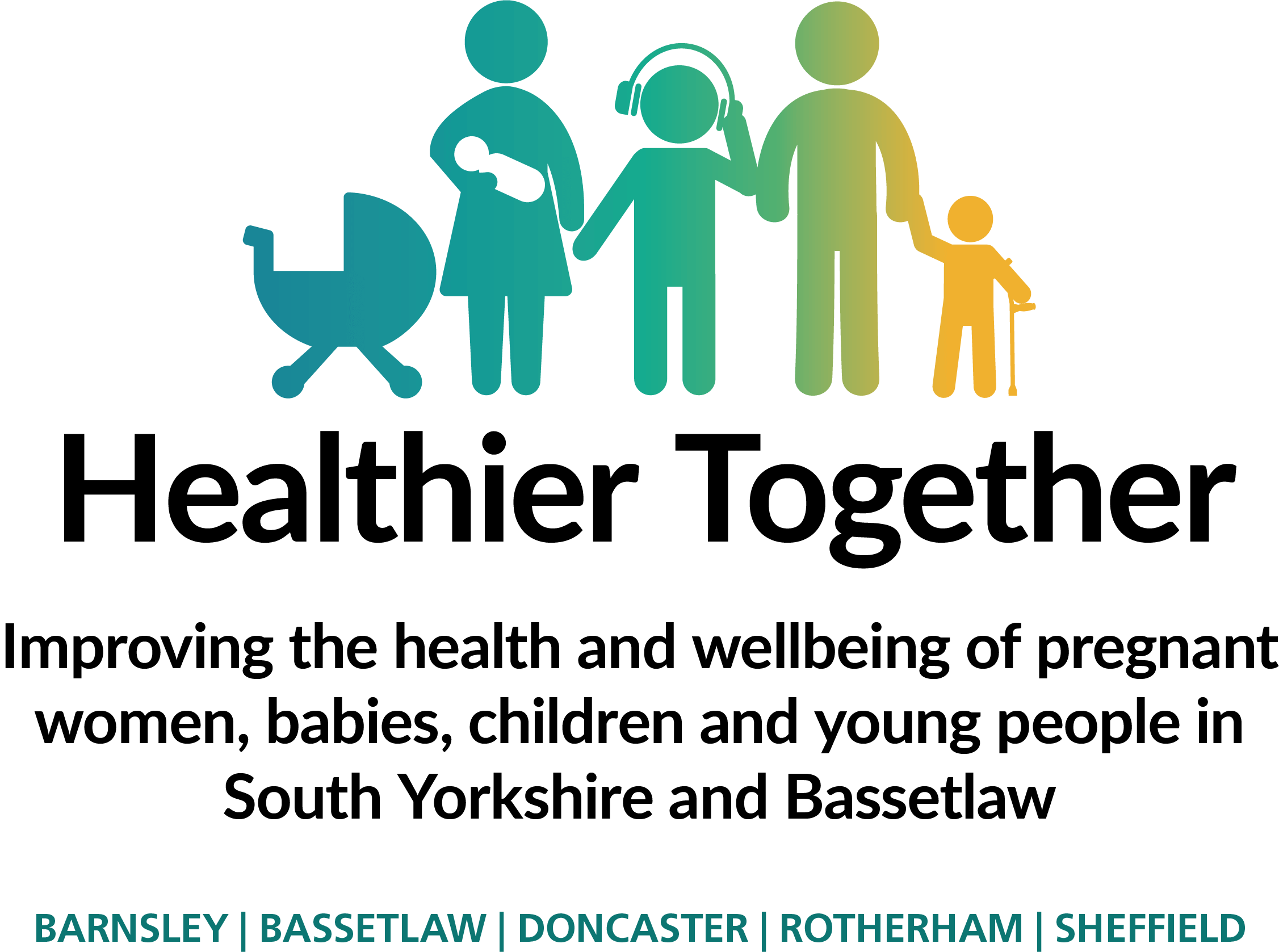Keep your child safe online
Both parents / carers and teens need to bear in mind that young people are struggling to make sense of who they are and where they fit in. Their online presence is a vital part of that. Teens may also have a different sense than their parents of where the boundaries lie – but both young people and parents need to be streetwise - being online is not wholly controllable and children and young people need to have the same levels of alertness and judgement that they would in any public place.
It’s really important that they know:
Stuff stays around – online content lasts
It’s very visible – there is potential for a huge audience for our teens’ mistakes
It can go viral – there’s a chance that images or messages could spread rapidly
It’s searchable – people can look up our young people and find them easily
Remember - Not everything is as it seems online
Trolling
- Trolling refers to the act of deliberately provoking or upsetting others online.
- Trolls often post rude, offensive, or inflammatory comments on social media platforms or in online discussions.
- They do this to get a reaction from others and may enjoy causing harm or chaos.
- It's important to teach your child to ignore and not engage with trolls to avoid giving them the attention they seek.
Catfishing
- Catfishing involves someone pretending to be someone else online, usually by creating fake identities.
- These individuals may use someone else's pictures or provide false information about themselves.
- They do this to deceive and manipulate others for various reasons, such as gaining trust, pranking, or even scamming people.
- Teach your child about the importance of being cautious when interacting with people they meet online and avoiding sharing personal information with strangers.
Deep Fakes
- Deepfake refers to the creation of manipulated videos or images using artificial intelligence (AI).
- It involves superimposing someone's face onto another person's body or altering their voice to make it seem real.
- Deepfakes can be used to spread misinformation, create fake news, or maliciously manipulate someone's image or words.
- Discuss with your child the importance of critical thinking and questioning the authenticity of media they come across online.




